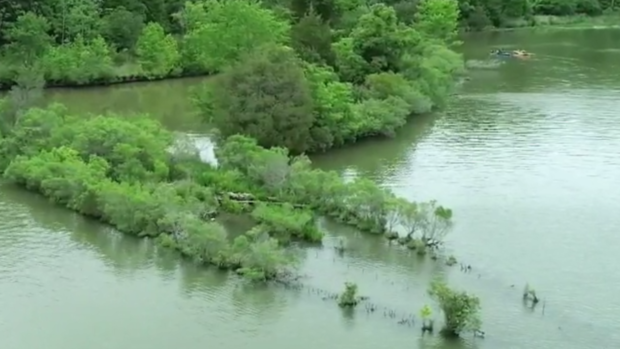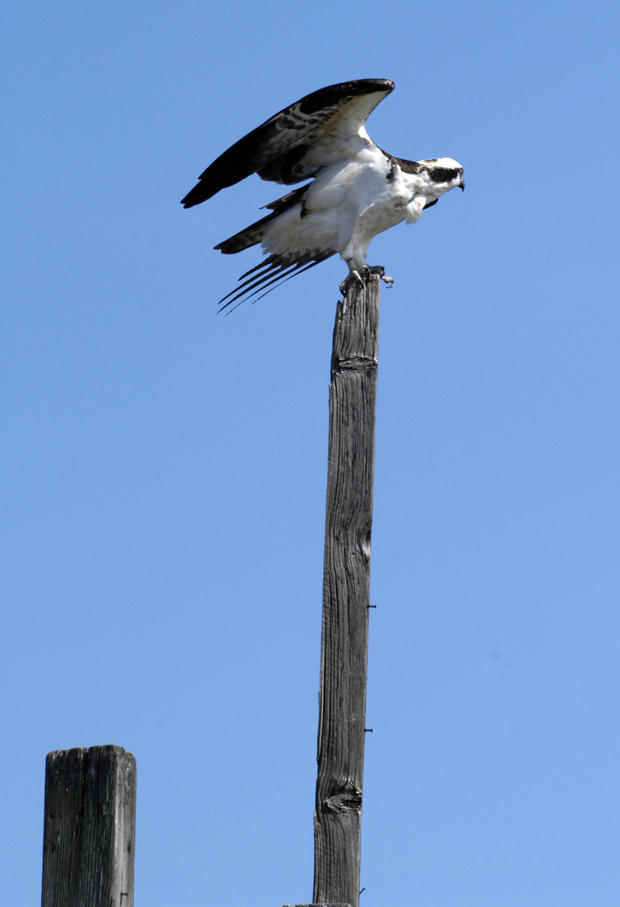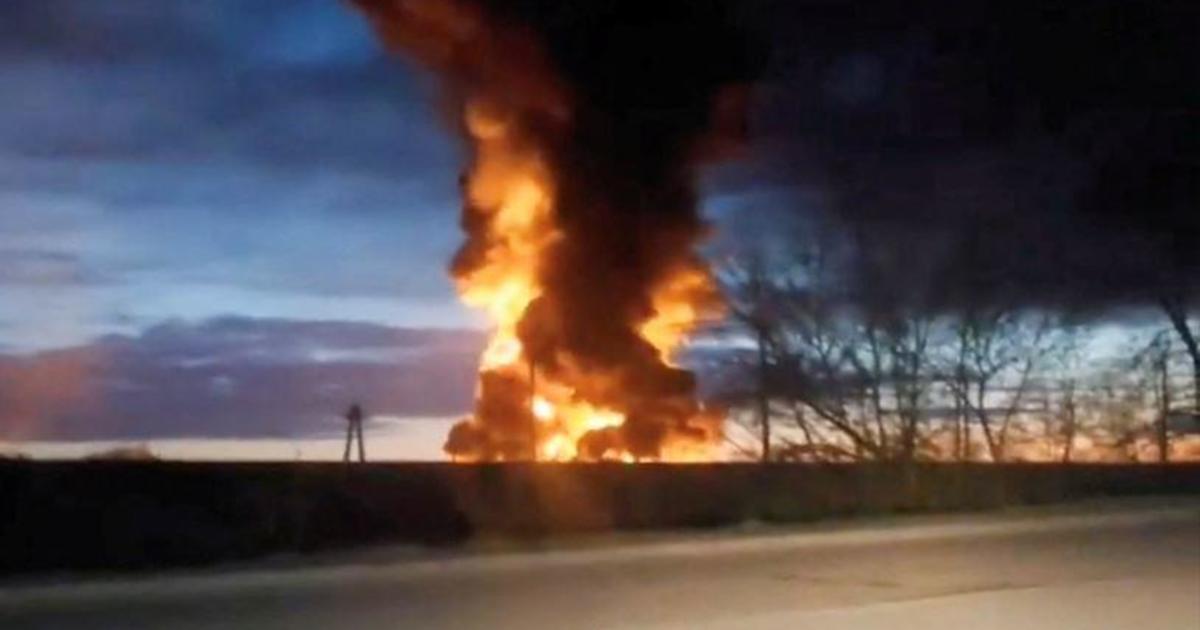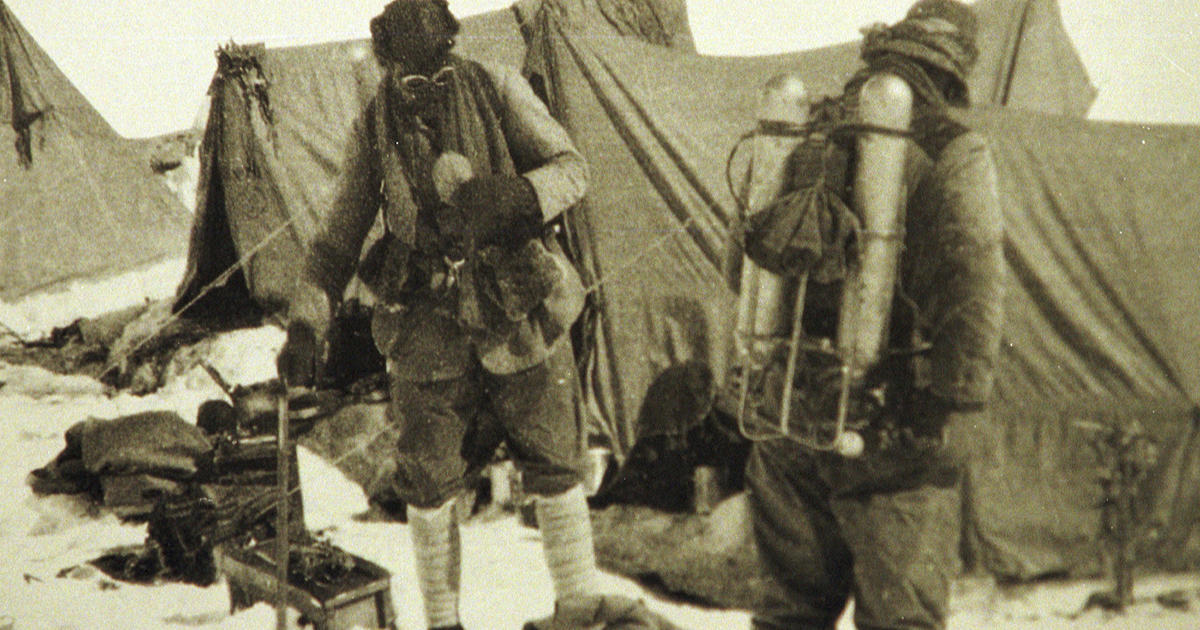Huge cluster of shipwrecks in small Maryland bay gives rise to a "wildlife mecca"
Kayakers who take to the Potomac River as the weather gets warmer could find themselves immersed in floating history, if the tide is right. An ill-fated fleet of wooden steam ships has been rotting away in the brackish water of Mallows Bay in Maryland for nearly a century.
"It's the largest collection of shipwrecks in the western hemisphere … just in this tiny bay," Joel Dunn, Chesapeake Conservancy president told CBS News' Christina Ruffini.
He said the area is home to over 100 decaying vessels.
"Over 90 of them are from World War I and they were built in an effort to win the war," he said.
The ships were commissioned over a century ago in 1917, when President Woodrow Wilson needed more ships to fight German U-boats. The goal was to build 1,000 in less than two years — prioritizing quantity over quality.
"They were built quickly, inexpensively, with green wood," Maryland's underwater archeologist Susan Langley said. "Initially these were gonna be just expendable, and so they didn't put a lot of effort in."
The war ended before even one of the ships made it across the Atlantic. Eventually, they were gathered, stripped for salvage and abandoned in the bay.
According to Langley, a local tradition of watermen taking their old boats up the river "to die" added to the crowded number.
"They use it as kind of a spare parts department for years, until it subsides back into the environment," she said.
Once the environment does take a ship, it takes it completely over. During a tour of the Potomac, Joel Dunn took CBS News past a trio of ships known as the "three sisters," a triangular area where the old boats have become floating forests.
Other wrecks can be seen covered in all manner of local plant life, beavers and even the once-endangered osprey.
"That ship has now become a wildlife sanctuary, a wildlife mecca," Dunn observed. "It's got plants and animals that are thriving as a result of the structure the hull of the ship provides."
In addition to wildlife, the ships also bring tourism to the area. Dunn said he hopes they will get people "on the water" and "inspired to take part."
"We need the next generation of leaders and voters to care about the environment, to care about our history," he said.






